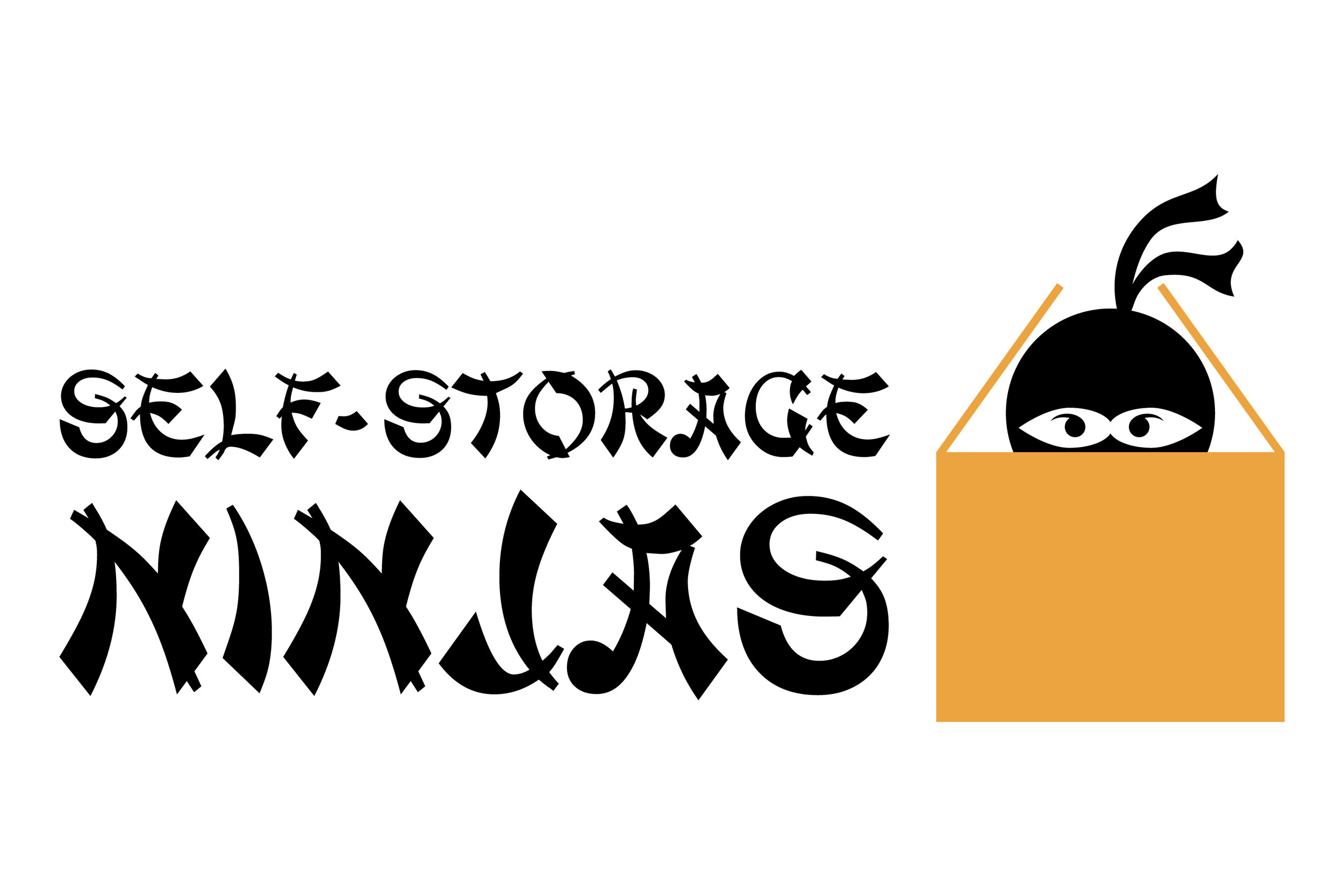Estimating Soft Costs and Contingency Reserve for Self-Storage and Boat and RV Storage Development
While penciling out your self-storage or boat and RV storage construction budget, it can be difficult to know what numbers to use when estimating the various buckets of expenses. Let’s shed light on one of the first steps in this journey – ballparking the soft costs and the contingency reserve.
How do I estimate soft costs for self-storage and boat and RV storage?
Construction costs can be generally divided into two categories: soft costs and hard costs. Soft costs are not considered direct construction costs but are equally important for projections because these occur prior to breaking ground and may need to be paid prior to obtaining financing.
These costs are typically associated with non-tangible items such as permits, consultant fees, taxes, etc. Hard costs are those associated with the physical building construction and purchase of the land.
Soft costs for ground-up development and conversions may include:
Architect
Civil engineer
Endangered species report
Environmental reports
Fire review and permit
Mechanical/electrical engineer
Plan check fee
Property tax assessment
Site survey
Soil testing
Structural engineer
Tree replacement report
For commercial projects, soft costs will usually range from 4% to 10% of the hard costs. Be sure to contact your local City (or County) Planning Department for a list of fees in your jurisdiction.
How do I estimate contingency reserve for self-storage and boat and RV storage?
Another thing to consider is the contingency or construction reserve. From the word itself, contingency reserve covers unexpected costs that can arise throughout a construction project. This includes site conditions and change orders and is usually around 5-10% of the hard costs. I recommend budgeting at least 10% and more if the site or conditions are unusual or challenging.
Differences in percentage are affected by various factors, including:
New construction vs. conversion
The age of the building to be converted
The location (especially the municipal jurisdiction)
Site issues (slope, soil conditions, landscaping needs, parking requirements, etc.)
Public input (hearings, environmental impact reports, etc.)
Useful Formulas:
Cost per Square Foot x Number of Square Feet Under Construction = Hard Cost Estimate
Hard Cost Estimate x Soft Cost Percentage = Soft Cost Estimate
Hard Cost Estimate x 10% = Contingency Reserve
Hard Cost Estimate + Soft Cost Estimate + Contingency Reserve + Government Fees + Operating Costs During Lease-up = Overall Project Budget
A photo from the Grand Island Dojo's construction camera sent by an investor who noticed it with this caption: I don't know how much that bird weighs. But it looks like it's going to cause some real damage!

